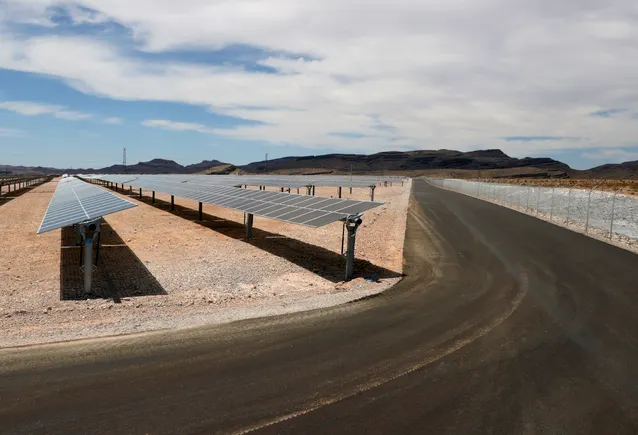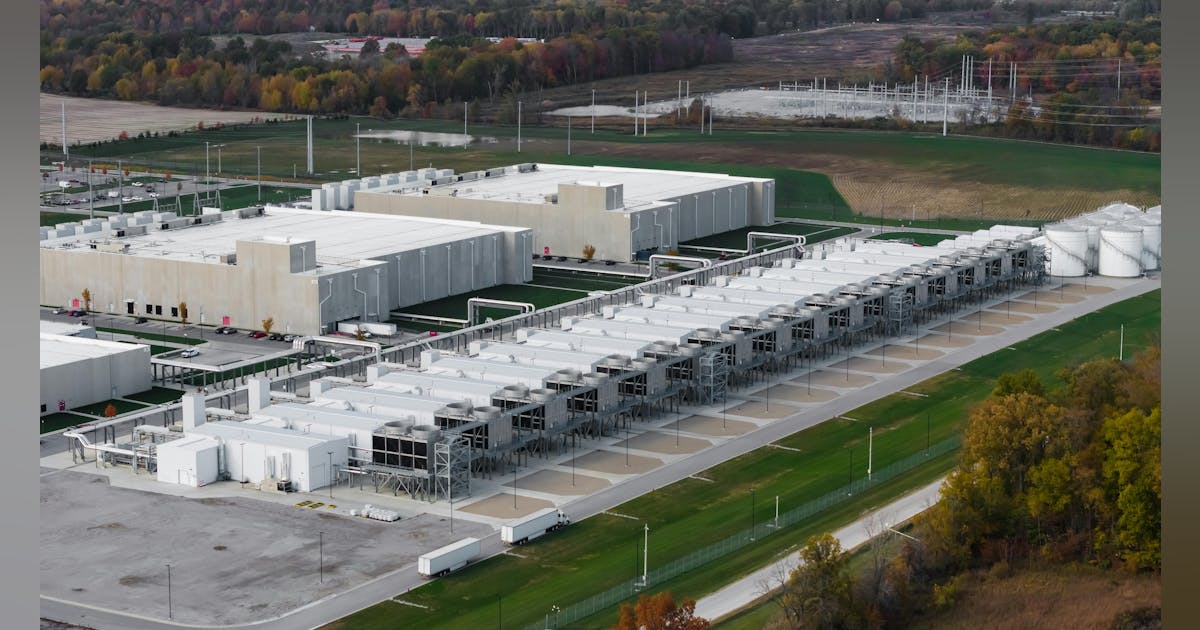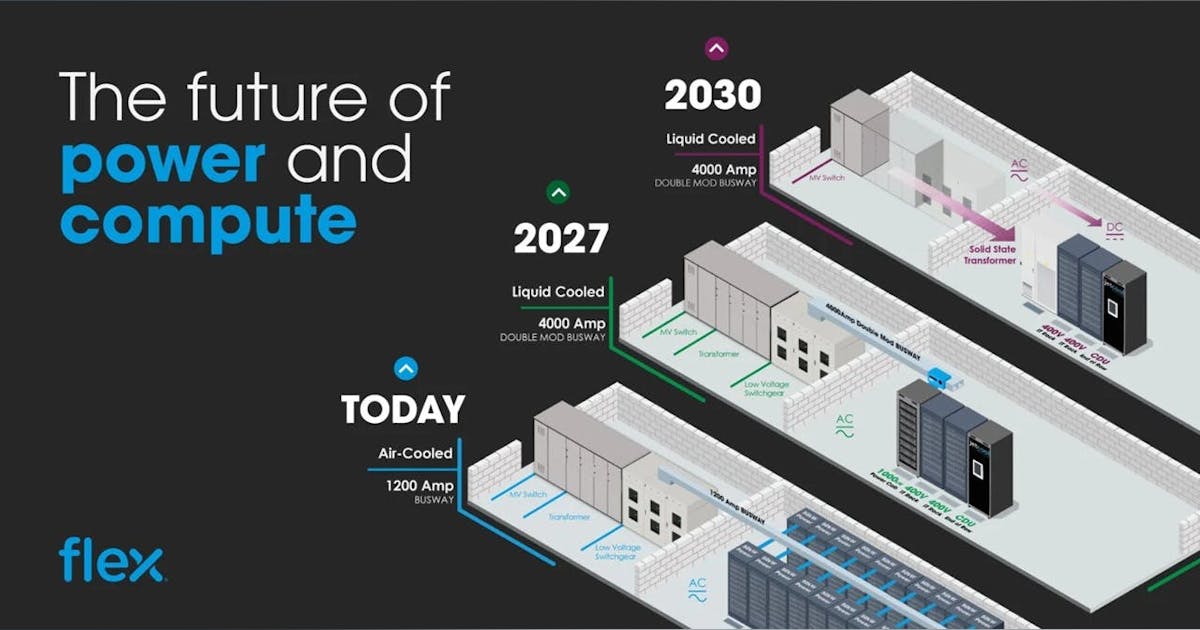
The U.S. Department of the Interior has canceled its broad environmental review for the seven individual projects that make up the 6.2-GW Esmeralda 7 solar project located on federal land in Nevada and will review and permit each project individually, according to a spokesperson.
Esmeralda 7 is set to be the largest solar project in the U.S. by capacity. The project’s National Environmental Policy Act status is listed as canceled on the Bureau of Land Management’s website. In a Tuesday email, the spokesperson said the BLM had not canceled the project.
“During routine discussions prior to the lapse in appropriations, the proponents and BLM agreed to change their approach for the Esmeralda 7 Solar Project in Nevada,” they said. “Instead of pursuing a programmatic level environmental analysis, the applicants will now have the option to submit individual project proposals to the BLM to more effectively analyze potential impacts.”
According to a draft programmatic environmental impact statement for the project from July of last year, the individual projects are: Lone Mountain Solar, Nivloc Solar, Smoky Valley Solar, Red Ridge 1 Solar, Red Ridge 2 Solar, Esmeralda Energy Center and Gold Dust Solar, which “would be geographically contiguous and encompass approximately 62,300 acres of BLM-administered lands approximately 30 miles west of Tonopah, Nevada.”
Developers of the seven projects include Invenergy, Avantus, and NextEra. A spokesperson for NextEra told The Guardian, “We are in the early stage of development and remain committed to pursuing our project’s comprehensive environmental analysis by working closely with the Bureau of Land Management.” All of the projects have pending right-of-way applications before the Bureau of Land Management, the draft PEIS said.
As the project’s previous NEPA review process has been canceled, it’s unclear how long it will now take each project to secure approvals. The original draft PEIS said that the timelines for construction “would vary by project with estimates of 18 to 36 months,” and that “the timing of project approvals and the availability of the construction contractors and workforce would also differ by project. It is assumed that full buildout of all projects could be completed within 5 years from the Record of Decision for the PEIS/[Resource Management Plan Amendment].”
The Environmental Defense Fund criticized Interior’s decision to cancel the project’s review, calling it “yet another example of how the Trump administration is taking a two-tiered approach to energy permitting: polluting, expensive fossil fuels get ‘concierge, white glove service,’ while cheap renewables and storage get freezes, delays and cancellations.”
Assessing each project individually fits with an overall trend in the Trump administration’s treatment of renewable energy projects sited on federal land. Individual offshore wind projects have received stop work orders from the administration, or seen federal approvals revoked.
Administration officials have consistently said that they believe the permitting process for renewable energy was flawed under the Biden administration, and the Esmeralda 7 Project was a key part of President Joe Biden’s Western solar plan.























